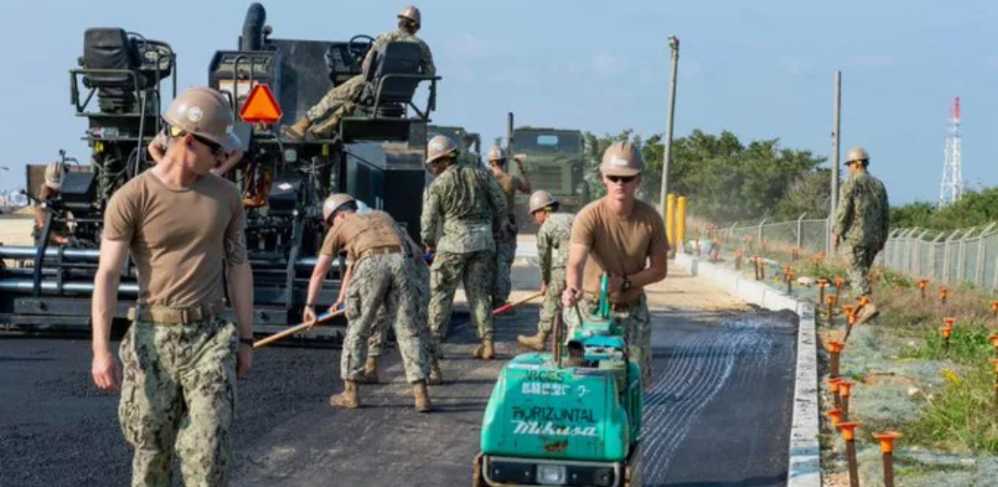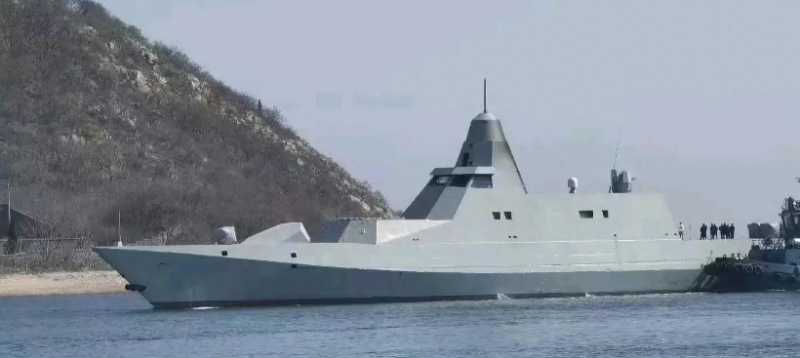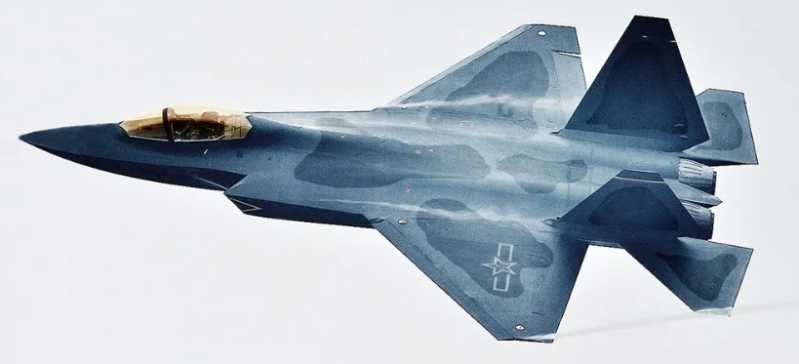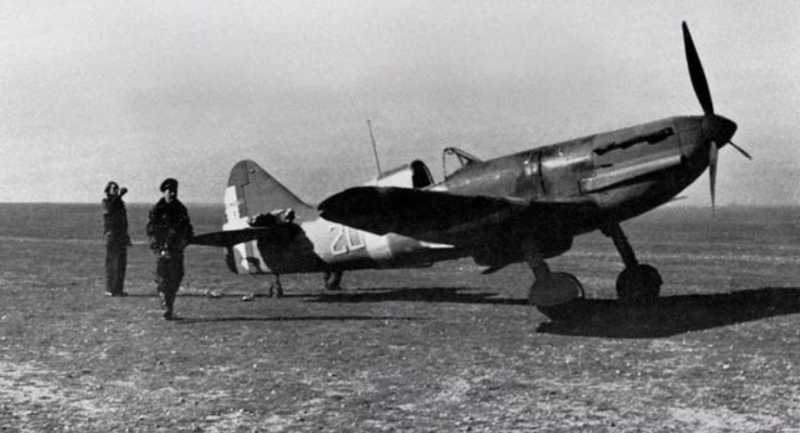As a branch of the military dedicated to engineering construction, the role of engineers was not very obvious in the era when there was only the army, but when the navy and the air force came into being, engineers became an indispensable accompanying branch of the military to ensure the operations of the navy and air force. The construction of infrastructure such as ports and airports required for ship berthing and aircraft takeoff and landing requires the participation of engineers, and some even require extremely professional engineers. As a result, many countries began to try this aspect, and the US "Seabee" force was one of them. In fact, as early as the Second War of Independence, US naval soldiers participated in coastal construction. During the First World War, a large number of skilled craftsmen were hired by the navy, and even the 12th Regiment was established, which was specifically used for coastal construction. Through military practice, senior US Navy generals have a general understanding that it is very necessary for a militarized naval construction force to establish an advance base during combat. So on December 28, 1941, General Ben Morell of the US Navy proposed to the Navigation Bureau to form a naval construction force. January 5, 1942: The Bureau of Navigation approved his request, and the Seabee Force was born. Throughout the 80-year history of the force, the Seabee Force has fought in a unique way of "construction."
5 Roads to Victory
The Japanese attack on Pearl Harbor forced the United States, which had originally planned to stay in North America, to be involved in the vortex of war. However, the U.S. military needs the support of the Seabee Force to leave its homeland and participate in wars in Eurasia and other regions. Only by building one base after another on the road ahead can the U.S. military cross the Atlantic and Pacific Oceans that span thousands of miles.
During World War II, the Seabee Force built more than 400 forward bases along 5 routes to allow U.S. troops to rush to the battlefield. These 5 routes can be said to be the road to victory for the U.S. military and even the Allied forces. All five routes start from the continental United States and end in Japan and Eurasia: the first is located in the South Atlantic, which runs from the east coast of the United States, through the Caribbean Sea and the Atlantic Ocean, to Africa, Sicily and the Italian Peninsula; the second is located in the North Atlantic, also starting from the east coast of the United States, passing through Newfoundland to Iceland, Britain, France and Germany; the third is located in the North Pacific, starting from the west coast of the United States, passing through Alaska, along the Aleutian Islands chain, to Japan; the fourth is located in the Central Pacific, starting from the west coast of the United States, passing through the Hawaiian Islands, the Marshall Islands, the Gilbert Islands, the Mariana Islands and the Ryukyu Islands, to Japan; the last one is located in the South Pacific, which passes through the South Pacific islands to Samoa, the Solomon Islands, New Guinea and the Philippines.
It can be seen that the five routes built by the "Seabee" force not only connected the United States with other allies, but also connected the battlefields of the entire World War, which laid the foundation for the coordinated operations and close cooperation of the Allied forces. After the war, according to statistics from the US military, the Seabees built 111 major airports, 441 docks, 2,558 ammunition depots, 700 square warehouses, hospitals that could serve 70,000 patients, tanks that could store 100 million gallons (about 378 million liters) of gasoline, and housing for 1.5 million people on only three roads across the Pacific.
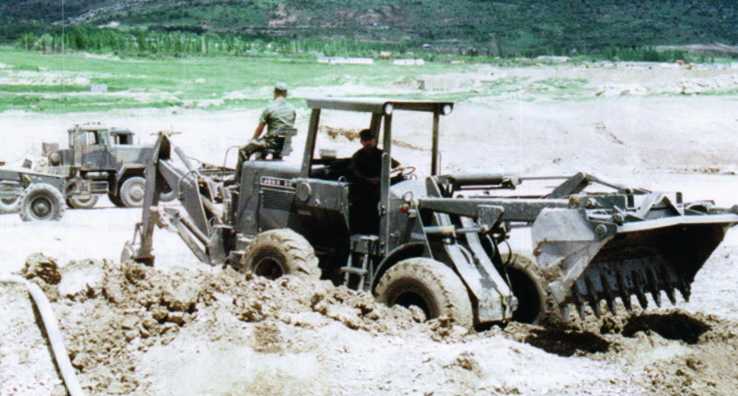
North African Landing
Among various types of naval warfare, landing operations are often the most brutal. On the near-shore mudflats, facing the defensive system of the defenders, the attackers often have to pay a huge price to break through the last few hundred meters or even tens of meters of wading area between the ship and the mudflats. To solve this problem, the Seabees made many attempts and tested a new weapon of war during the Allied landing in Sicily, that is, the steel pontoon.
In fact, the use of pontoons for naval warfare was not the first of the Seabees. As early as the 5th century BC, Xerxes used this device to cross the Helspont River when he invaded Greece. However, the Seabees did not blindly copy it, but made improvements according to combat needs to meet the needs of landing operations. The pontoons made by the Seabees are standardized in size, and each section has a hook, so that according to different distances, they can quickly assemble a levee that is convenient for landing personnel to charge. The steel pontoon greatly reduced the time that personnel were exposed to enemy fire, reduced casualties, and made landing operations possible on some coasts that were originally unsuitable for landing.
Before the landing in Sicily, both the Allied and Axis forces believed that the beaches there were not suitable for large-scale amphibious landing operations. However, with the help of the "Seabees" and the new pontoon bridge, the Allies successfully launched a surprise attack on the weakly defended Sicily beaches. A large number of Allied soldiers who rushed to the beach quickly outflanked and suppressed the enemy, ensuring the landing of subsequent personnel and equipment, and finally captured Sicily with very few casualties and in a very short time.
Of course, although the victory in Sicily relied on the steel pontoon bridge, it was fundamentally due to the slackness of the German defense. One day, the German army learned a lesson and strengthened the defense of the beaches with poor landing conditions. Then the steel pontoon bridge may not be able to play a role in changing the situation. In the landing battles of Salerno and Anzio, facing the fully prepared German army, the Allies and the "Seabees" suffered great casualties.
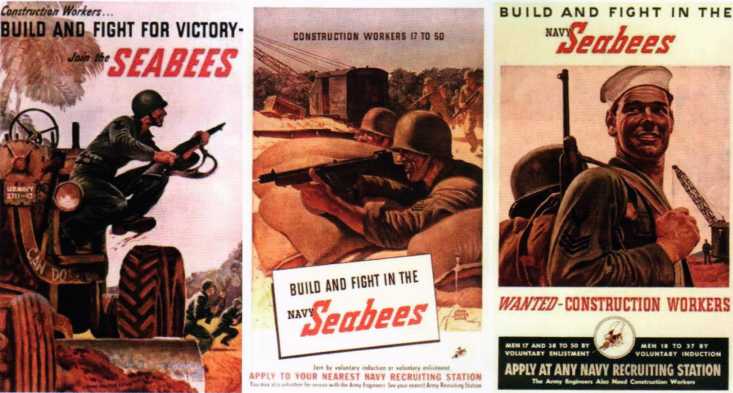
Blood Battle of Normandy
The most important mission of the "Seabees" in World War II was to ensure the landing in Normandy
On June 6, 1944, on the famous "D-day", the "Seabees" were the first to land on the Normandy beach. Their first mission was to cooperate with the engineers to destroy the steel and concrete barriers built by the German army in the water and on the beach to ensure the smooth landing of the follow-up troops.
Although the action was launched before dawn, due to the short time reserved for the task, the troops who destroyed the obstacles in the early stage had not buried the explosives until dawn. In the end, they had to continue working under enemy fire to successfully blow up the obstacles and tear open a hole in the enemy’s defense system.
Then the landing troops arrived at the coast, and the "Seabees" began to skillfully build pontoon bridges. Although facing the hail of bullets from the German army, the Seabees acted without delay. They set up a large number of pontoon bridges and causeways to ensure that more and more Allied soldiers and equipment rushed ashore.

In addition to assembling and laying pontoon bridges and causeways, the Seabees also drove large ferries called "Rhinos" to directly transport personnel and materials from larger ships to the beach in order to improve transportation efficiency. These ferries are actually equipment with large outboard engines installed on pontoons, but such simple equipment has assumed the role of temporary landing craft. In the first few days of the Normandy landing, it ensured the landing of a large number of urgently needed equipment.
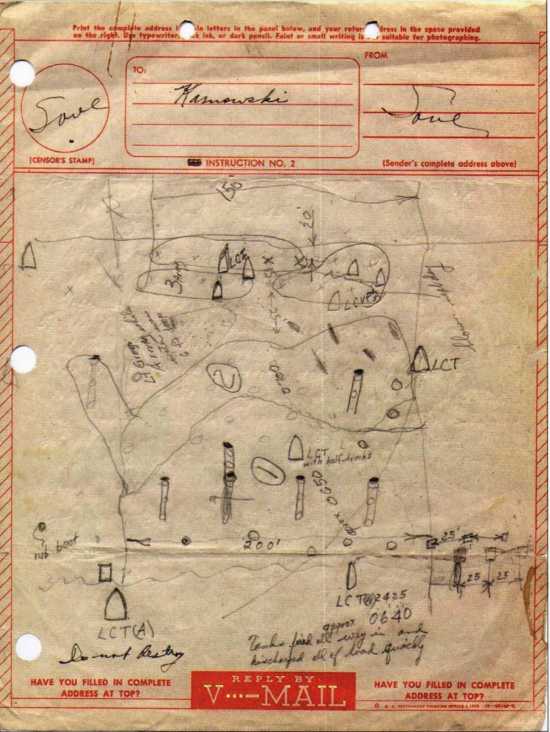
"Mulberry" Port
After completing the landing operation, the "Seabee"’s mission in Normandy was to quickly restore the use of the port. Since many blasting debris destroyed the port during the battle, the "Seabees" had to clear the obstacles as soon as possible and temporarily use the existing materials to build simple docks and breakwaters. It should be noted that under the technical conditions at the time, even if the materials were sufficient, building an artificial port was a huge and time-consuming project. However, the "Seabees" used old cargo ships, concrete caissons and steel pontoons to circle out two huge ports in just a few days. These ports were called "Mulberry Trees"
The "Mulberry Tree" artificial port consists of an inner breakwater, an outer breakwater, a floating pontoon bridge leading to the shore, and several floating docks. The inner breakwater is about 9,000 meters long and is located on the 5.5-meter isobath about 1 nautical mile offshore. The main components are composed of 146 concrete caissons (each about 60 meters long, with 8 different sizes depending on the depth of the sea water where it sinks, and the caissons are equipped with pontoons that can make them float and sea valves that can make them sink). Both ends extend to the shore, forming a wave-proof area of about 5 square kilometers, which can accommodate 7 large ships, 20 small ships, more than 400 tugboats and 1,000 small boats. The outer breakwater is about 7,115 meters long and is composed of more than 50 sunken ships. Several floating cross steel components are moored on the outside of the sunken ships, connected end to end, forming a barrier to open up a deep-water anchorage on the sea side of the inner breakwater.
There are many floating bridges in the artificial port, the longest of which is 800 meters long. They can be used to unload materials to the shore mainly for shallow-draft ships, tank landing ships and landing craft with the rise and fall of the tide. The floating dock of the artificial port is 70 meters long and 30 meters wide. It is composed of steel floating bridges, fixed on piles deep in the seabed, and can float up and down between the piles. The floating dock is equipped with an inclined springboard, and the landing craft can directly dock with the boat side. When the landing craft puts down the springboard, the vehicle can drive directly to the beach through the floating bridge channel.
In the "Mulberry Tree A" artificial port, the vehicle unloading speed can reach 38 minutes/78 vehicles, and the unloading time of each tank landing ship is reduced from 10 to 12 hours using the beaching to more than 1 hour; in another "Mulberry Tree B" artificial port, the material unloading speed increased from 600 tons per day at the beginning of landing to 1,500 tons, which greatly accelerated the speed of landing troops’ materials landing.
However, the "Mulberry" port was a temporary facility after all. When the big storm hit in late June, the "Mulberry A" port was completely destroyed because most of the caissons overturned and were destroyed; fortunately, the "Mulberry B" port was protected by the submarine reefs and suffered less damage. It was used for 10 months. 2.5 million Allied troops, 500,000 vehicles, and 4 million tons of supplies successfully landed through this artificial port.
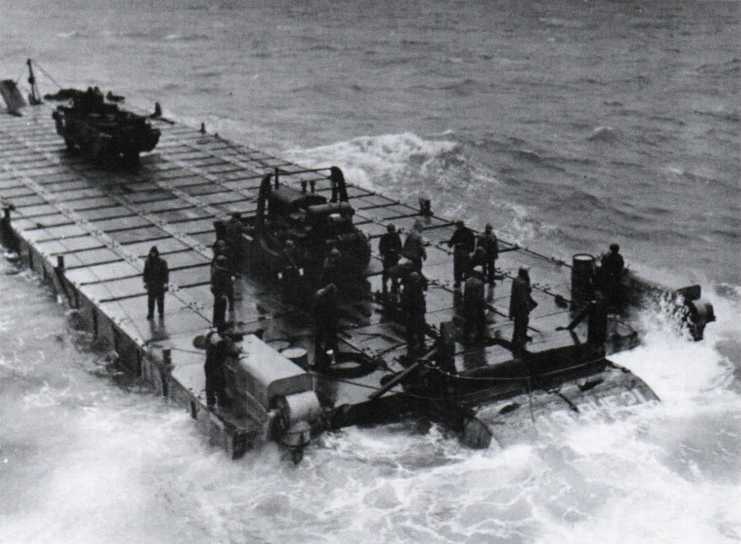
The fighting "Seabee"
If you think that the "Seabee" troops can only build but not fight, you are wrong. The "Seabees" in the Pacific battlefield alone encountered more than 200 battles and won more than 2,000 Purple Hearts. Among them, Aurelio Tassone was a legend.
On November 28, 1943, a landing operation broke out on the Treasury Island in the Solomon Islands. At that time, Tassone was driving a bulldozer ashore and happened to find that the team led by Lieutenant Charles Turnbull was blocked by a Japanese bunker. The brave Tassone immediately drove the bulldozer towards the bunker. At this time, the bucket in front of the bulldozer just became an excellent shield. The Japanese saw the bulldozer coming, and the bullets hit the bucket like raindrops, but only sparks appeared, unable to delay the impact of the bulldozer. In the end, under the fire cover of the team led by Lieutenant Turnbull, Tassone used a bulldozer to directly flatten the bunker, killing 12 Japanese soldiers hiding inside, and Tassone was also awarded the Silver Star Medal.
Iraqi battlefield operations
After World War II, the "Seabee" troops participated in many military operations such as the Korean War and the Vietnam War, and played a great role in building advance bases and supporting troop operations, but the most difficult task was to build roads during the Gulf War.
In order to ensure the strategic transportation from Misha to Kabrit, the "Seabee" troops must build a road network in the desert for more than 50 kilometers. At this time, the "Seabee" has to face not only the severe sandstorm weather, but also the destruction of the Iraqi army. In order to prevent the Iraqi army from discovering their intentions too early, many necessary construction works of the "Seabee" must be completed at the last minute.
Under such harsh conditions, the Seabees completed the necessary construction in about two weeks. As the road was completed, thousands of U.S. trucks transported millions of gallons (tens of millions of liters) of water and fuel and countless supplies, ammunition and spare parts on this "artery", ensuring that two Marine Corps divisions launched attacks on the Iraqi army.
It is calculated that at the moment before the end of the war, the Seabees maintained about 320 kilometers of roads on the Kuwaiti border, one of which was the east-west corridor from Ras Mishab through Kabrit to Qala, with a total distance of nearly 160 kilometers. This 6-lane road has 500 people on it every day. Several heavy transport vehicles and thousands of combat vehicles passed through. It can be said that the reason why the U.S. mechanized forces could advance straight into Operation Desert Storm was inseparable from the roads built by the Seabees.
Summary
Since World War II, the Seabees have played an important role in every major military operation in which the U.S. military has participated, whether it is supporting combat personnel, providing disaster relief and humanitarian assistance, or building camps and facilities for special forces. The Seabees have been supporting the U.S. military strategy through emergency construction and providing strong support for the U.S. Navy and Marine Corps.
As stated in the 2017 U.S. Navy Planning Guide, the Seabees "Description of the force: This is a forward-deployed force that can ensure the presence of a large number of engineering forces and equipment in various specific missions, thereby strengthening the strength of the Marine Corps Air-Ground Task Force and other naval and joint forces... During Operation Feng War, the forward-deployed Navy Mobile Construction Battalion honed its construction skills by participating in humanitarian assistance, post-disaster recovery operations, joint exercises with foreign troops, and undertaking the maintenance, repair and new project construction of Navy and Marine Corps forward base facilities. In the future, the "Seabee" force will continue to assist in the construction of combat infrastructure and expeditionary combat engineering support in accordance with the requirements of the U.S. Navy Expeditionary Combat Command, while cooperating with allies to perform tasks such as improving their infrastructure and providing humanitarian assistance.


